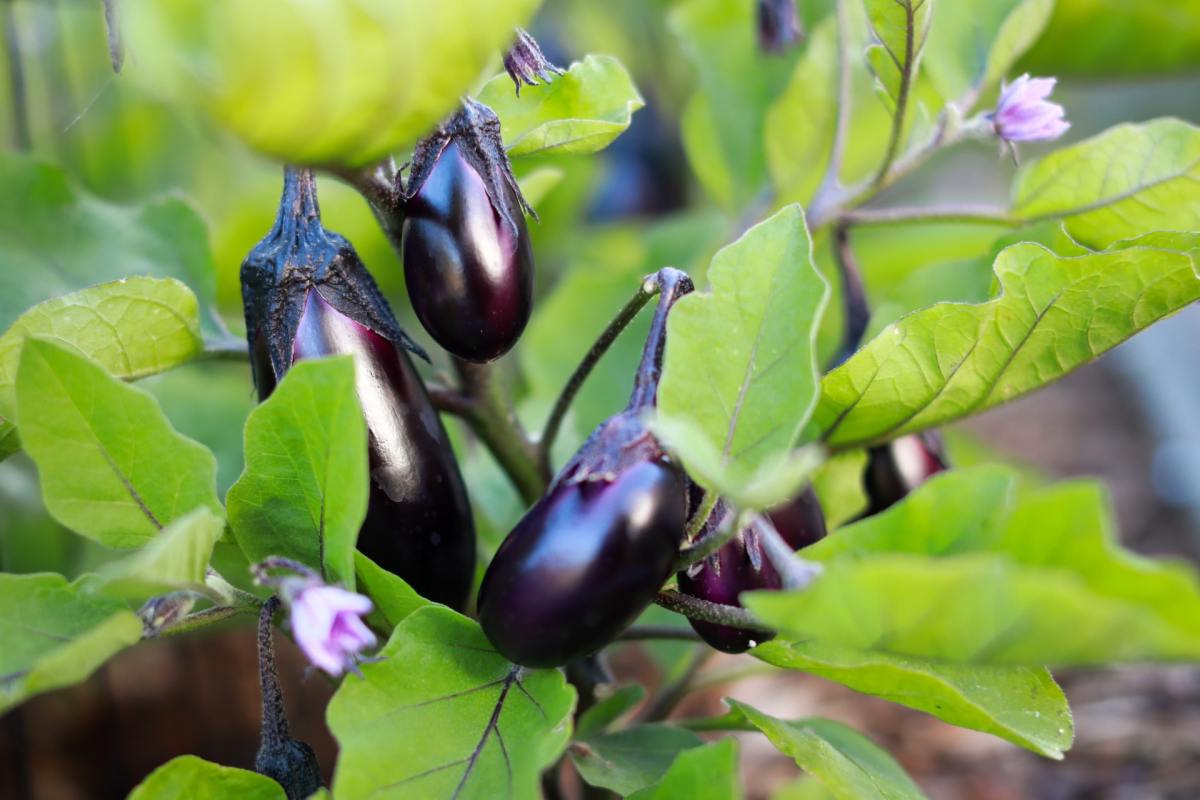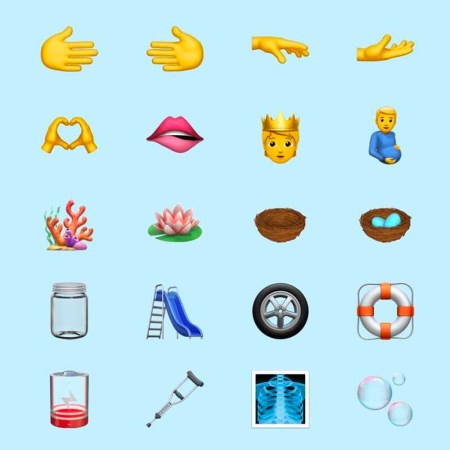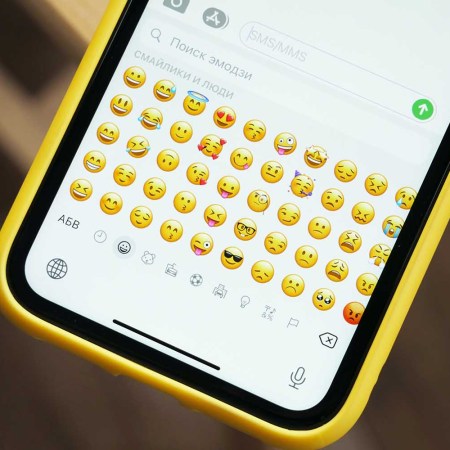At some point, in the distant history of emojis being used when texting, people could nominally use the eggplant emoji without it having any sexual connotations whatsoever. (The same is likely true for the peach emoji.) According to a First We Feast article from 2015, the arrival of the eggplant emoji on the iPhone in 2011 resulted in a dramatic increase in people using the symbol as shorthand for various permutations of desire. Perhaps unsurprisingly, a 2016 study noted that the emoji in question was very popular in Nevada; apparently what happens in Vegas involves a lot of sexting.
In a new article for T Magazine, Ligaya Mishan took a more existential look at the preeminence of the eggplant emoji. Mishan notes that it’s the fifth-most popular food and drink-related emoji out there, and writes that its appeal is easy enough to understand — namely, its appeal “to the eternal giggly adolescent in all of us.”
Mishan goes on to situate the popularity of the eggplant emoji in a larger cultural context of fruits and vegetables used as a shorthand for sex — and notes that the actual eggplant itself, unlike its digital counterpart, has very little sex appeal when encountered IRL. Mishan concludes that that dissonance might be the point, writing that “the eggplant’s outsider status, its very lack of significance in American life, made it easier to endow with other meanings.”
As with many things in the digital realm, the eggplant emoji’s ubiquity isn’t always easy to quantify. But it has made for some memorable moments in pop culture along the way — with more, perhaps, on the way.
Thanks for reading InsideHook. Sign up for our daily newsletter and be in the know.


















